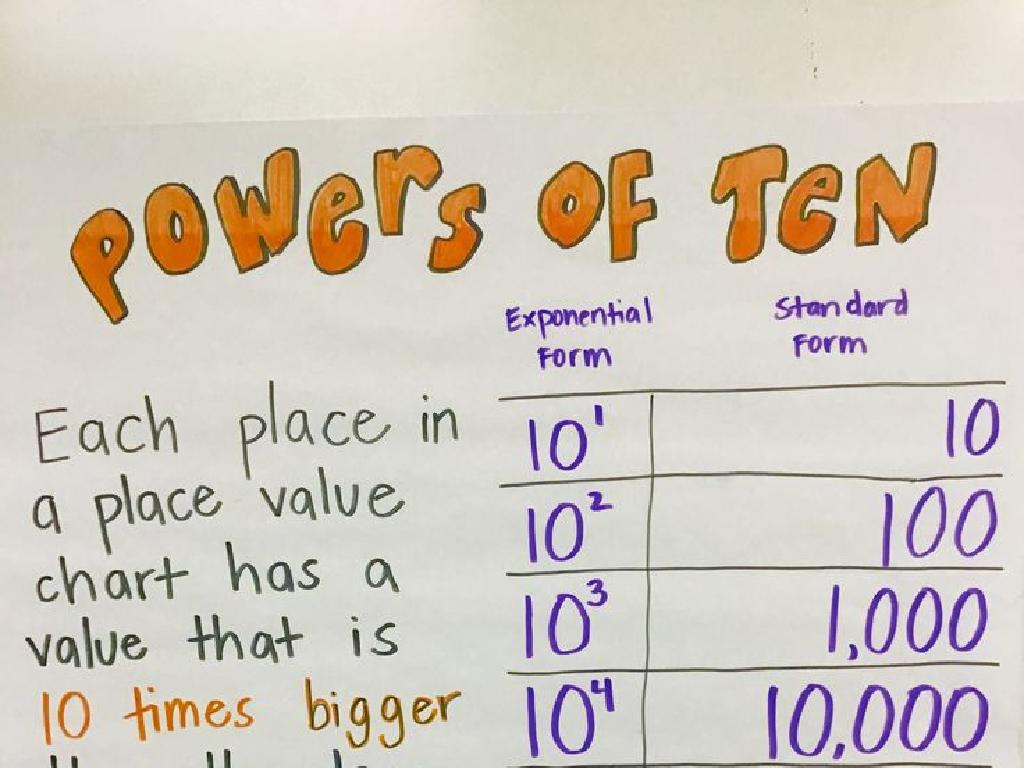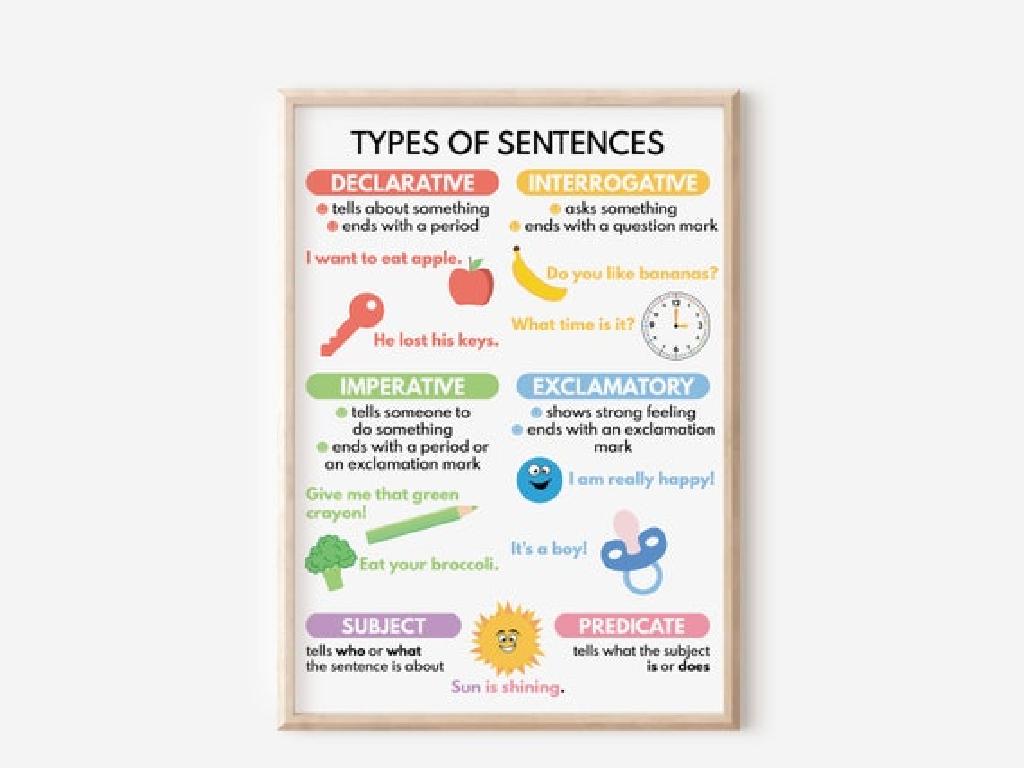Rosa Parks
Subject: Social studies
Grade: Third grade
Topic: Historical Figures
Please LOG IN to download the presentation. Access is available to registered users only.
View More Content
Learning About Historical Figures: Rosa Parks
– What is a historical figure?
– Someone who did important things in the past
– Their importance in history
– They teach us lessons and inspire us
– Introducing Rosa Parks
– Known as the ‘Mother of the Freedom Movement’
– Why Rosa is inspirational
– Rosa stood up for equality by sitting down
|
This slide introduces the concept of historical figures to third-grade students, emphasizing their significance in shaping history. It sets the stage for discussing Rosa Parks, an iconic figure in the Civil Rights Movement. Explain to students that historical figures are people who have made a significant impact on the world. They are important to remember because they have shaped our society and provide us with valuable lessons. Highlight Rosa Parks’ courageous act of refusing to give up her bus seat, which became a pivotal moment in the fight for racial equality. Use this opportunity to discuss the values of courage, standing up for what is right, and how one person can make a big difference. Encourage students to think of ways they can be courageous in their own lives.
Rosa Parks: Mother of the Freedom Movement
– Rosa Parks’ early life
– Born in 1913, Alabama, grew up during segregation
– Her stand for rights
– Refused to give up her bus seat, sparking the Montgomery Bus Boycott
– Impact on civil rights
– Her courage led to nationwide efforts to end racial segregation
– Remembering her legacy
|
Rosa Parks, often referred to as the ‘Mother of the Freedom Movement,’ played a pivotal role in the civil rights movement. Born in 1913 in Alabama, she grew up in an era of segregation and discrimination. Her refusal to give up her seat to a white passenger on a Montgomery, Alabama bus in 1955 was a significant act of defiance that ignited the Montgomery Bus Boycott. This event was a catalyst for the national civil rights movement, leading to legal and social changes across the United States. Parks’ bravery and determination continue to inspire generations to stand up for equality and justice. In this lesson, students will learn about her background, her pivotal role in the civil rights movement, and her lasting impact on American history. Encourage students to think about how one person’s actions can make a difference in the world.
The Montgomery Bus Boycott: Rosa Parks’ Courage
– December 1, 1955, explained
– Rosa Parks refused to give up her seat on a bus.
– Rosa Parks’ brave decision
– Her arrest sparked a boycott of Montgomery buses.
– Community’s powerful response
– Local citizens chose not to ride buses, showing unity.
– The boycott’s impact on history
|
On this slide, we discuss the pivotal event of December 1, 1955, when Rosa Parks refused to give up her seat on a Montgomery bus, defying segregation laws. This act of courage led to her arrest, which then sparked the Montgomery Bus Boycott. Highlight how Rosa Parks’ decision was a significant moment in the Civil Rights Movement. Explain how the community came together to support the boycott, which lasted over a year and was a key event leading to the end of segregation on public buses. Emphasize the importance of unity and standing up for what is right. The slide aims to inspire students by showing how one person’s actions can lead to significant change.
The Impact of Rosa Parks’ Actions
– Montgomery Bus Boycott changes
– The boycott led to desegregation of public buses.
– Rosa Parks in the Civil Rights
– Rosa stood up for equality by staying seated.
– Her lasting inspiration
– People today still look up to her bravery.
|
This slide aims to educate third-grade students on the significant impact of Rosa Parks’ actions on the Civil Rights Movement. Begin by explaining the Montgomery Bus Boycott and how it led to the desegregation of public transportation. Emphasize Rosa Parks’ pivotal role in sparking the boycott by refusing to give up her seat, which was a courageous stand against racial injustice. Discuss how her actions have a lasting effect, inspiring people to fight for equality and justice even today. Use simple language and relatable examples to help students connect with the material. Encourage them to think of ways they can make a difference in their own communities, drawing inspiration from Rosa Parks’ example.
Remembering Rosa Parks: Her Legacy
– Rosa Parks’ awards and honors
– Received the Presidential Medal of Freedom
– Celebrating Rosa Parks Day
– December 1st, remember her courage
– Ways to honor Rosa Parks
– Stand against unfairness, like Rosa did
– Rosa’s impact on society
|
Rosa Parks was a civil rights icon who made a significant impact on American history. This slide highlights the recognition she received for her bravery, including the Presidential Medal of Freedom and the Congressional Gold Medal. Rosa Parks Day on December 1st commemorates the day she refused to give up her bus seat, sparking the Montgomery Bus Boycott. Encourage students to think about ways they can stand up for what is right and fair in their own lives, just as Rosa Parks did. Discuss her lasting impact on society and how her actions continue to inspire people to fight for equality and justice.
Role Play: Walking in Rosa Parks’ Shoes
– Imagine being Rosa Parks
– Take turns role-playing her decision
– Act out Rosa’s brave choice on the bus
– Discuss the feelings involved
– Share how it feels to be brave and strong
– Reflect on standing up for what’s right
– Why is it important to do the right thing?
|
This class activity is designed to help students empathize with Rosa Parks and understand the significance of her actions in the Civil Rights Movement. By role-playing her decision to remain seated on the bus, students can explore the emotions and courage involved in standing up for one’s rights. The discussion that follows should guide students to articulate their feelings and thoughts on the importance of standing up for what is right, even when it’s difficult. Teachers should facilitate a safe and respectful environment for the role-play and ensure that each student has a chance to participate. Possible variations of the activity could include drawing a scene from Rosa’s life, writing a short diary entry from her perspective, or creating a ‘What Would Rosa Do?’ scenario for different situations.






